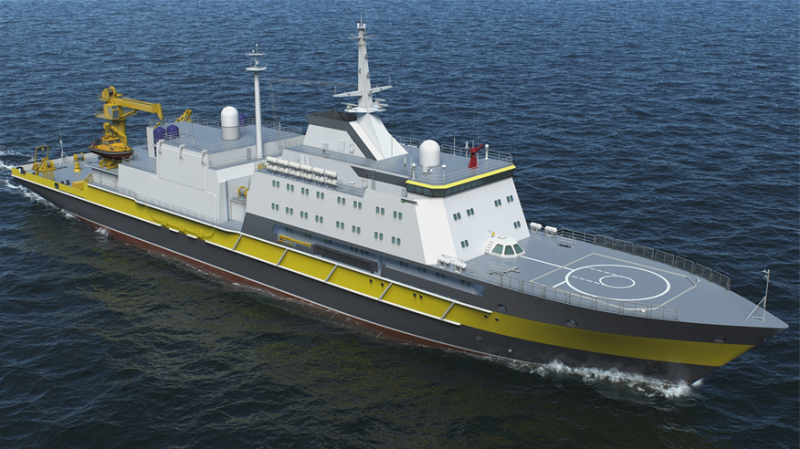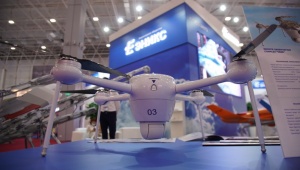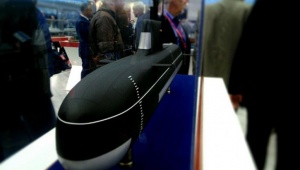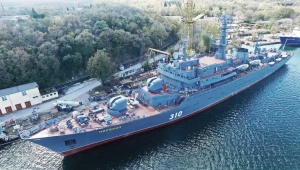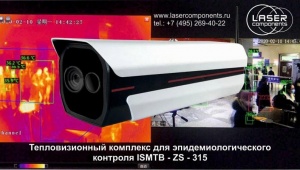He declined to provide any details. Another source in the industry specified in the interview to Mil.Press Today that the construction would begin after designing of "a maximally domestic-produced deep-sea rescue system". As for him, technical specifications to the system are at the approval phase.
Vice Admiral Viktor Bursuk had spoken about that earlier. According to him, commencement of R&D works on the Russian deep-sea rescue system was scheduled in 2018.
It is not enough only to create the Russian deep-sea diving system and build the second submarine salvage ship: what is really needed is training divers, and that would take at least 6-8 years, Alexander Kursakov, secretary of the interagency committee for diving operations at the Maritime Board told Mil.Press Today.At the best scenario, training of high-qualified divers would need 6 years, at the worst one, up to 10 years, he added. Many things depend on the government’s attitude to the training system for such professionals.
"The question is the most up-to-date equipment, subdivision of the whole training system by certain stages", says Alexander Kursakov. "After all, teaching people how not only to stay but work at the depth of 100, 200, 300 meters is an extremely challenging task that needs development of a diving system, available onshore infrastructure, training centers, uninterrupted financing and a thoughtful approach to the personnel".
In December 2017, Yury Borisov declared the construction of the submarine rescue ships had been scheduled in the State Arms Procurement Program 2027.
The deputy defense minister added that the share of advanced ships and deep-sea submersibles in the fleets’ rescue forces was 44%, and would by 2020 reach 71% of the required amount.
For reference
The Project 21300 rescue ship Igor Belousov was commissioned in the Russian Navy late in 2015. Developed by the Almaz design bureau and built by the Admiralteyskie Verfi shipyard, the ship is intended for rescueing of crews, supply of air, electric power and rescue facilities onboard distressed submarines, either grounded or surfaced. In addition, Igor Belousov is capable to search and inspect distressed objects within a predetermined area. The ship displaces 5,000 tons and is over 100 meters long.
The Russian Navy needs six ships of that kind: two for each of the Northern and the Pacific fleets, and one for each of the Baltic and the Black Sea fleets. Currently, the military count on getting at least four of them.














